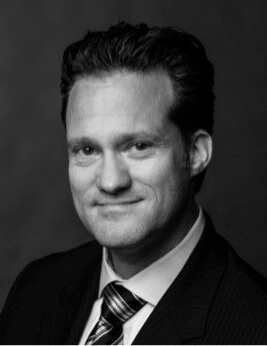Confidence Comes Naturally
APPROXIMATELY 80 MILLION MEN AND WOMEN IN THE U.S. SUFFER FROM SOME DEGREE OF HAIR-LOSS. HOWEVER, THANKS TO YEARS OF RESEARCH AND TRIALS, HAIR LOSS DOESN’T HAVE TO BE INEVITABLE, IT’S OPTIONAL!
August is National Hair Loss Awareness Month, so let’s shift the focus to what the treatment process looks like:
 DOCTOR – Only a qualified and experienced hair restoration physician can prescribe the most effective multi-therapy treatment options, as well as properly track the regrowth progress. Before choosing a physician/surgeon, do your homework: check the doctor’s medical background and qualifications, visit the clinic, read online patient reviews, ask to see before-and-after photographs, and ask questions. A good surgeon will need both technical skill and artistry in order to achieve the most natural looking results for the patient.
DOCTOR – Only a qualified and experienced hair restoration physician can prescribe the most effective multi-therapy treatment options, as well as properly track the regrowth progress. Before choosing a physician/surgeon, do your homework: check the doctor’s medical background and qualifications, visit the clinic, read online patient reviews, ask to see before-and-after photographs, and ask questions. A good surgeon will need both technical skill and artistry in order to achieve the most natural looking results for the patient.
DIAGNOSIS – Once you’ve found a doctor, he or she will help you identify risk factors and assess where you are in the hair loss process. Missing the early warning signs of hair loss is one of the biggest mistakes both men and women make when it comes to protecting the health of their hair. New genetic tests, like HairDX, can accurately determine a person’s risk for losing hair, enabling that person to begin preventative treatments early on, when they will be most effective.
TREATMENT OPTIONS – In many cases, the best strategy in treating hair loss is to use a multi-therapy approach with routine follow-ups for tracking both hair loss and regrowth. Medical treatments that will help mitigate hair loss include a specially compounded prescription minoxidil solution, Platelet-Rich Plasma (PRP), prostaglandin analogs, low-level laser therapy, and nutritional supplements. In advanced cases, hair transplantation may be the patient’s best strategy for treating hair loss. New microsurgical “no-scalpel/ no-stitch” harvesting techniques like SmartGraft FUE, NeoGraft FUE or ARTAS Robotic System allow for a minimally invasive “follicle-by-follicle” approach, which eliminates the risk of a linear scar.
MAKE THE COMMITMENT – It is important to keep in mind that it may take more than a year before you will see the full benefits of treatment. Unfortunately, this is often longer than many patients are willing to wait; so many end their treatment early, disrupting any progress that had been made. Hair restoration physicians typically schedule follow-up appointments with their patients every 90 days in order to evaluate their progress, adjust the course of treatment, and measure the rate of hair regrowth. These regular check-ups help to ensure that patients are getting the most out of their treatment plans and are on their way to achieving optimal results.
By DR. ALAN J. BAUMAN, MD, ABHRS
Board-Certified Hair Restoration Physician
Bauman Medical Group | baumanmedical.com




 Destress Your Tresses. Let Bauman Medical’s “Head-Spa” Help You Relax and Grow Hair You’ll be Thankful For
Destress Your Tresses. Let Bauman Medical’s “Head-Spa” Help You Relax and Grow Hair You’ll be Thankful For Does Your Hair Look Affright? Don’t be Scared to do Something about It
Does Your Hair Look Affright? Don’t be Scared to do Something about It VIDEO: Biohackers Magazine Interview Podcast with Dr Alan Bauman Hair Loss Specialist
VIDEO: Biohackers Magazine Interview Podcast with Dr Alan Bauman Hair Loss Specialist ARTICLE: Halloween Horror Hair Help
ARTICLE: Halloween Horror Hair Help Dr. Alan J. Bauman, M.D.Hair Loss & Hair Transplant ExpertBoca Raton, FL
Dr. Alan J. Bauman, M.D.Hair Loss & Hair Transplant ExpertBoca Raton, FL






